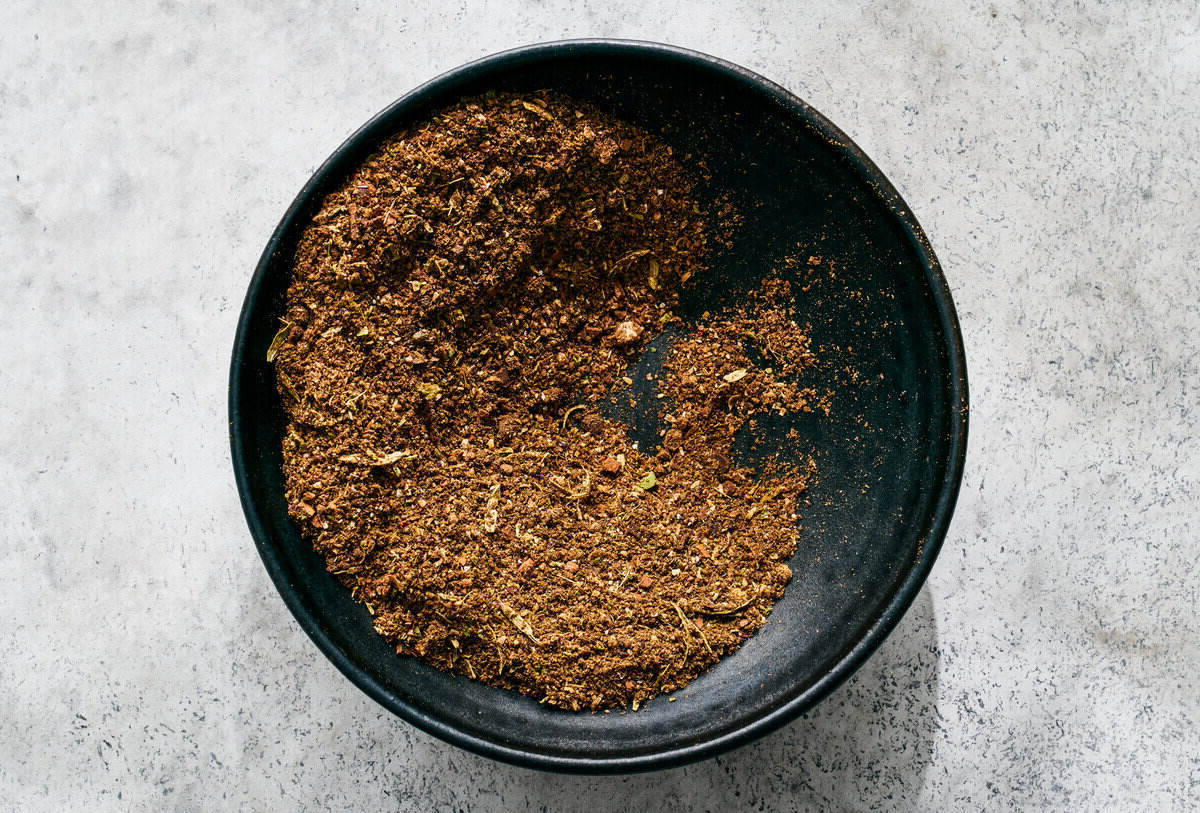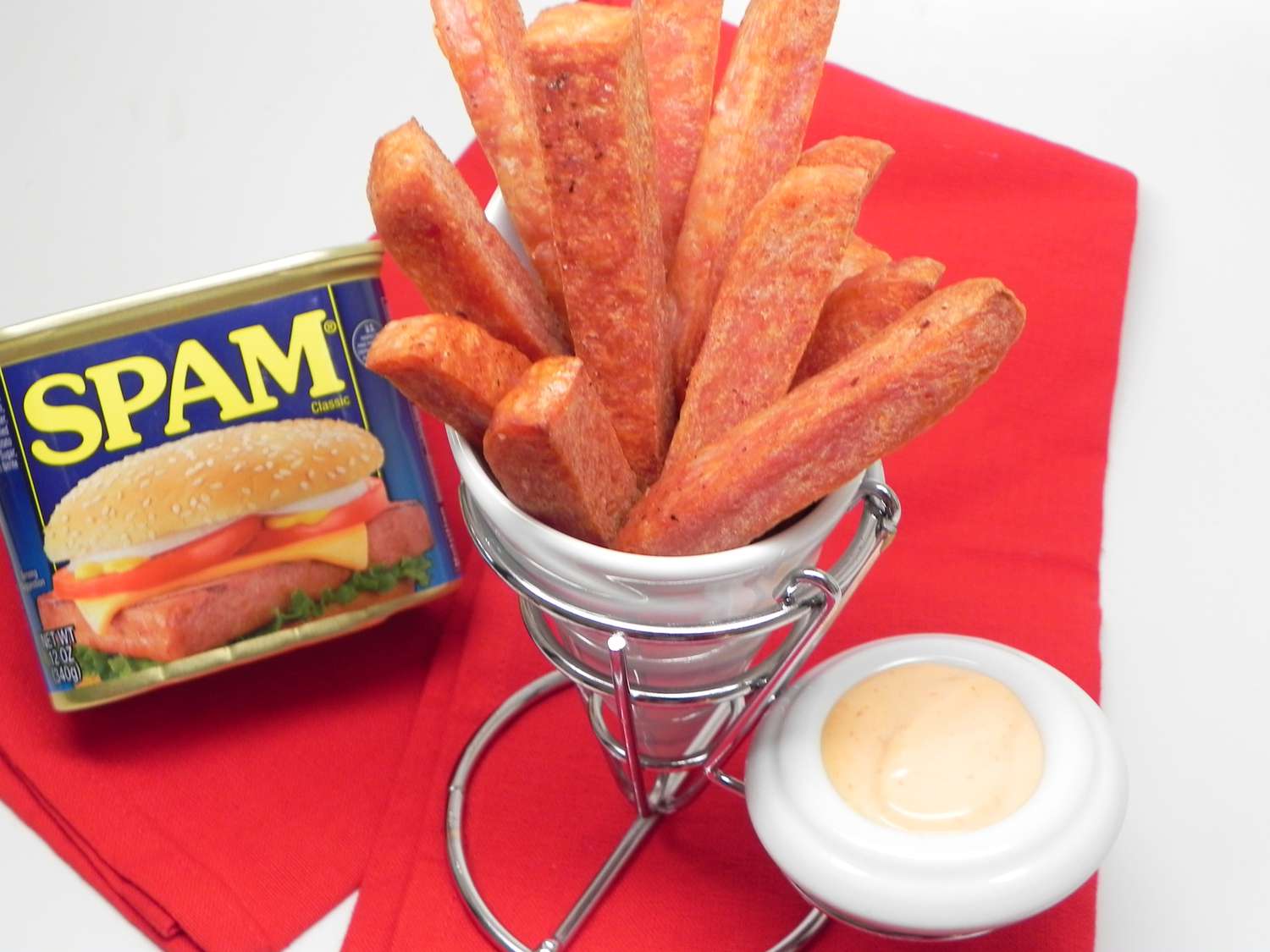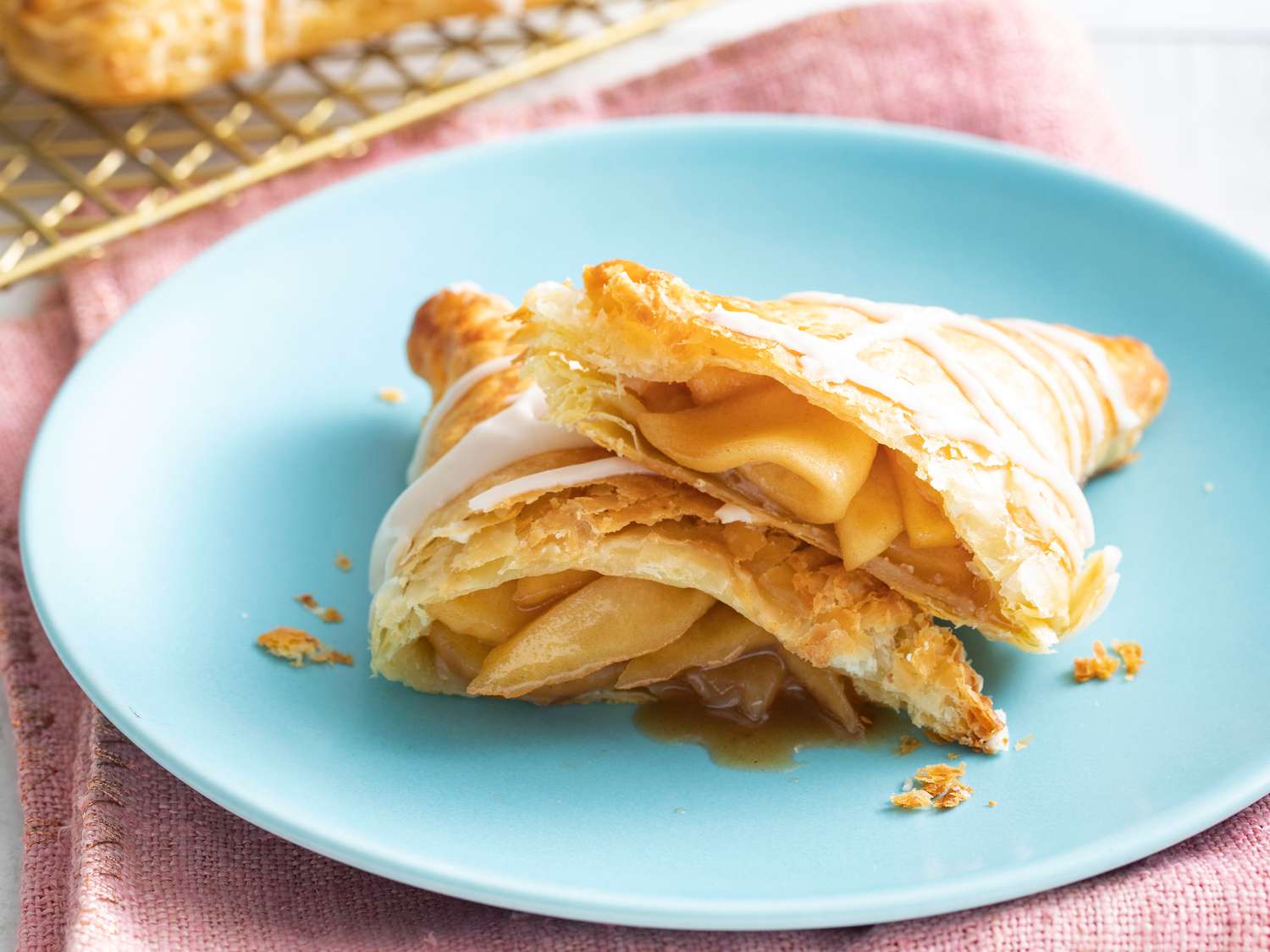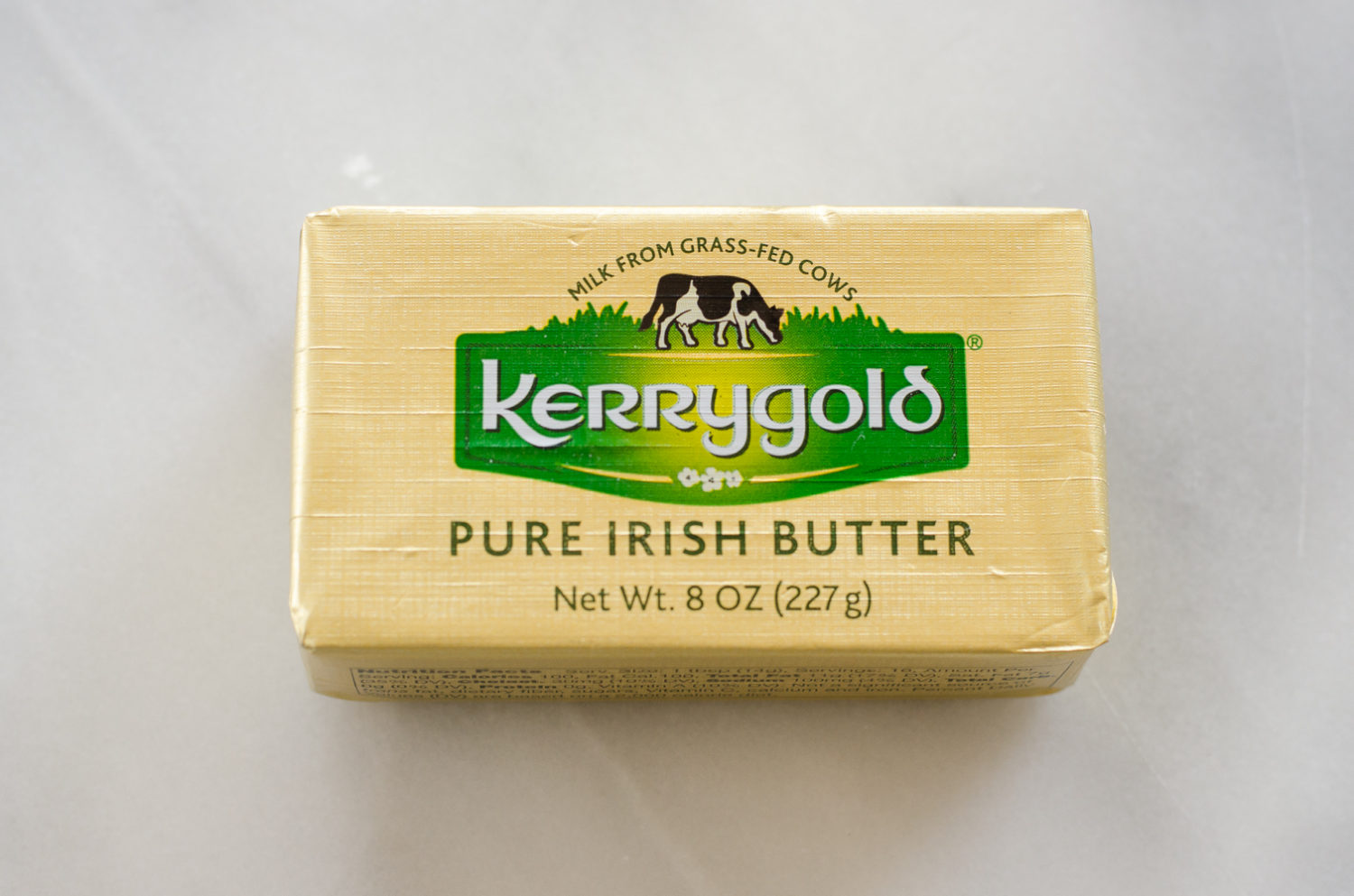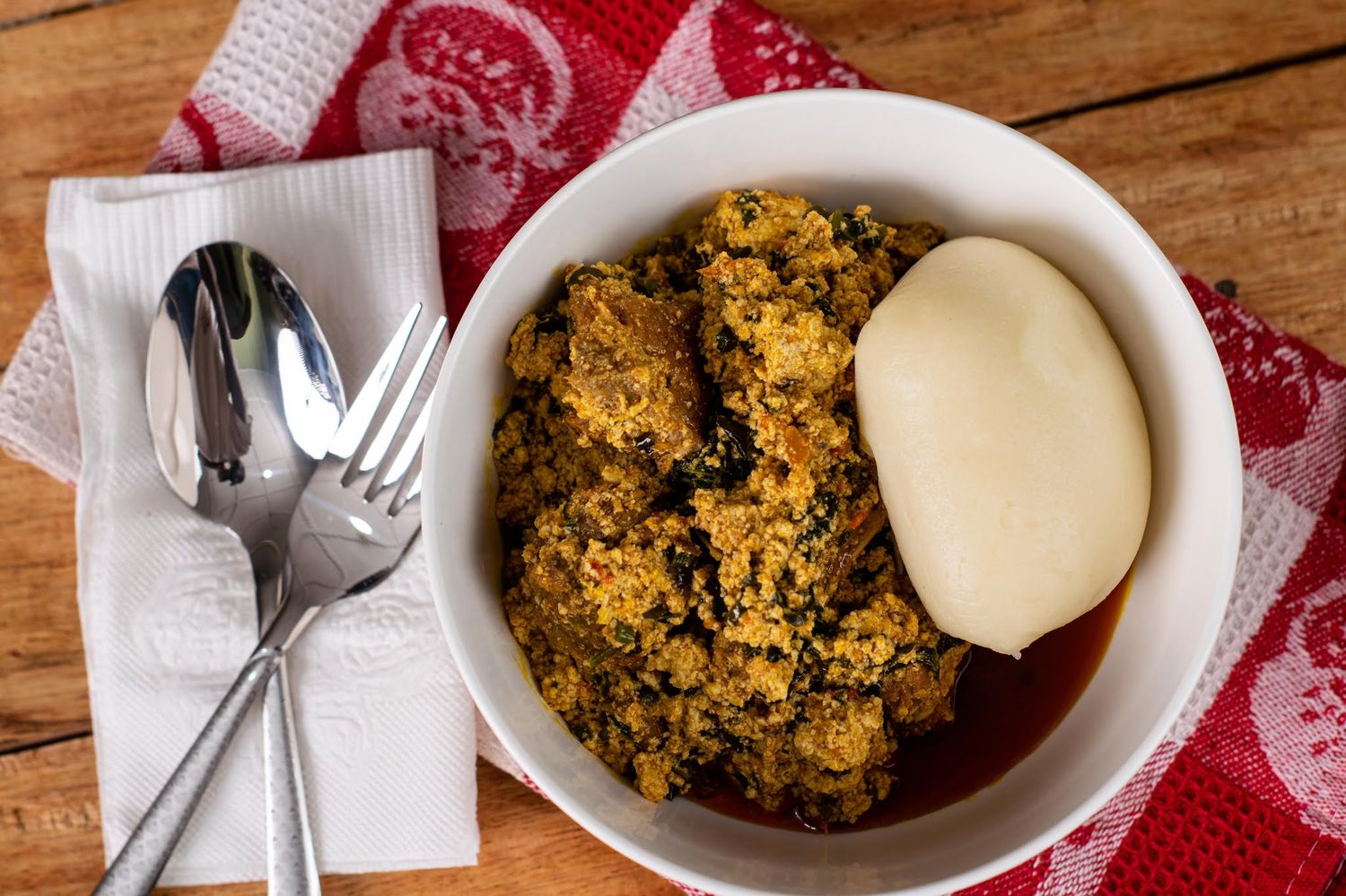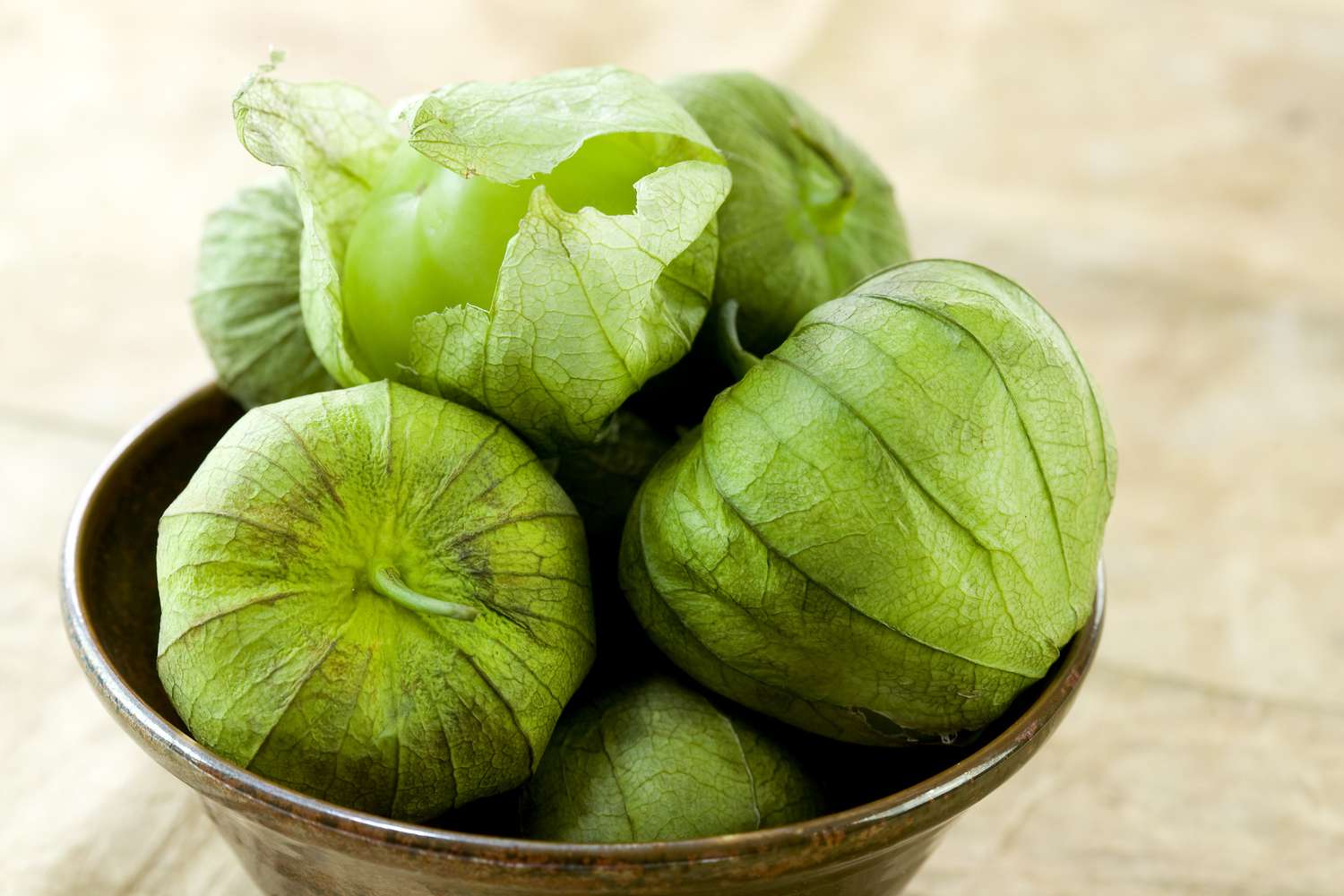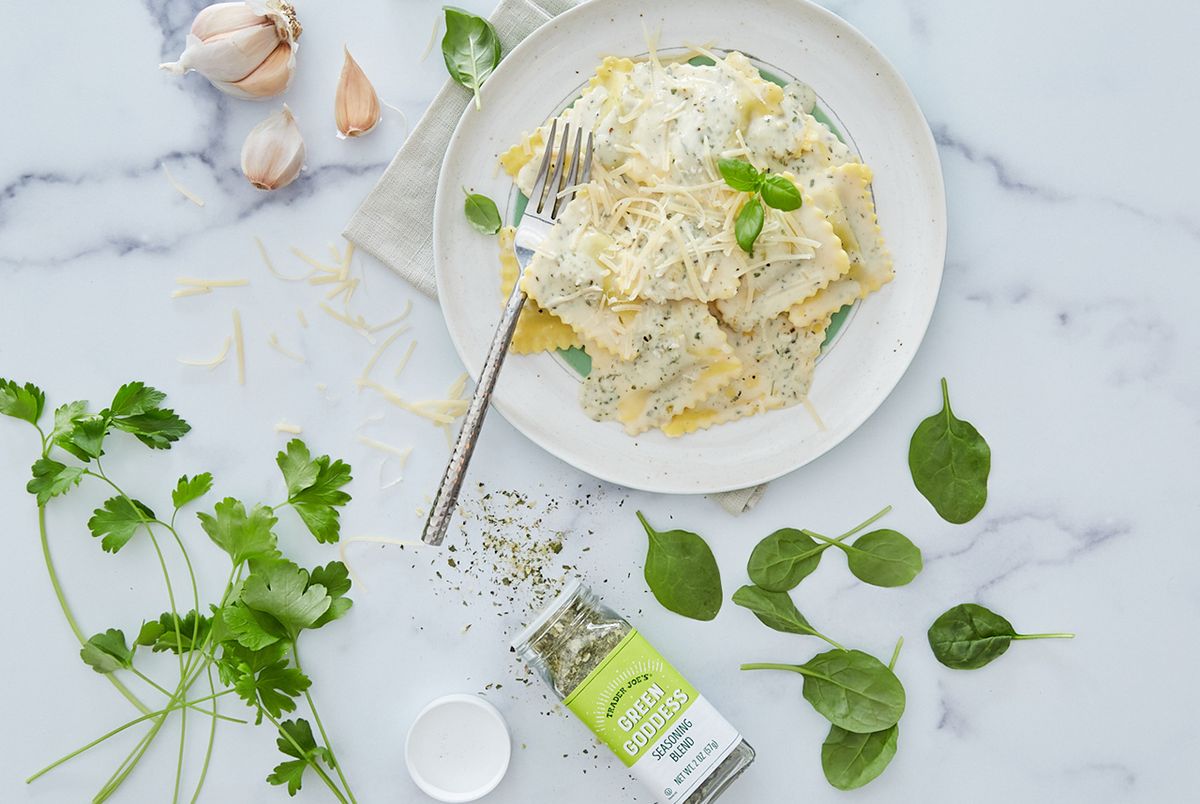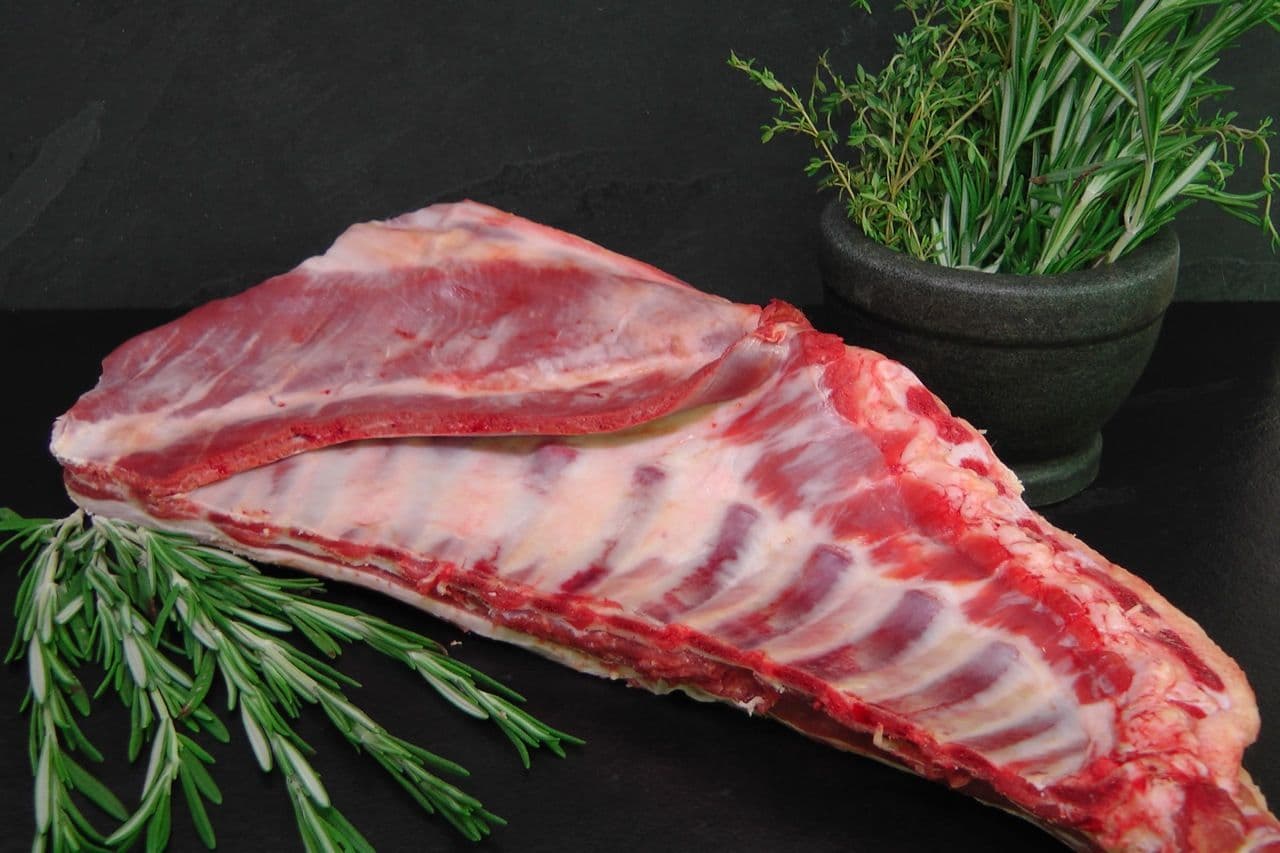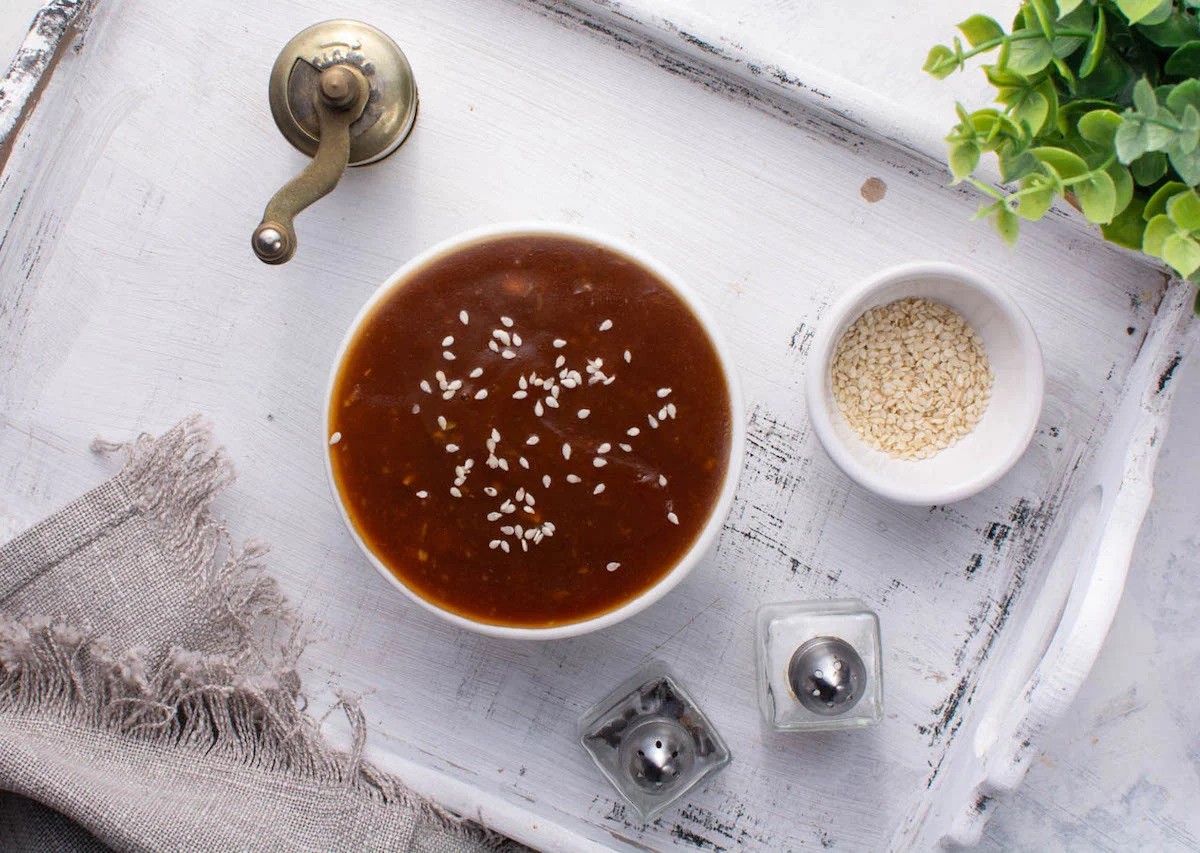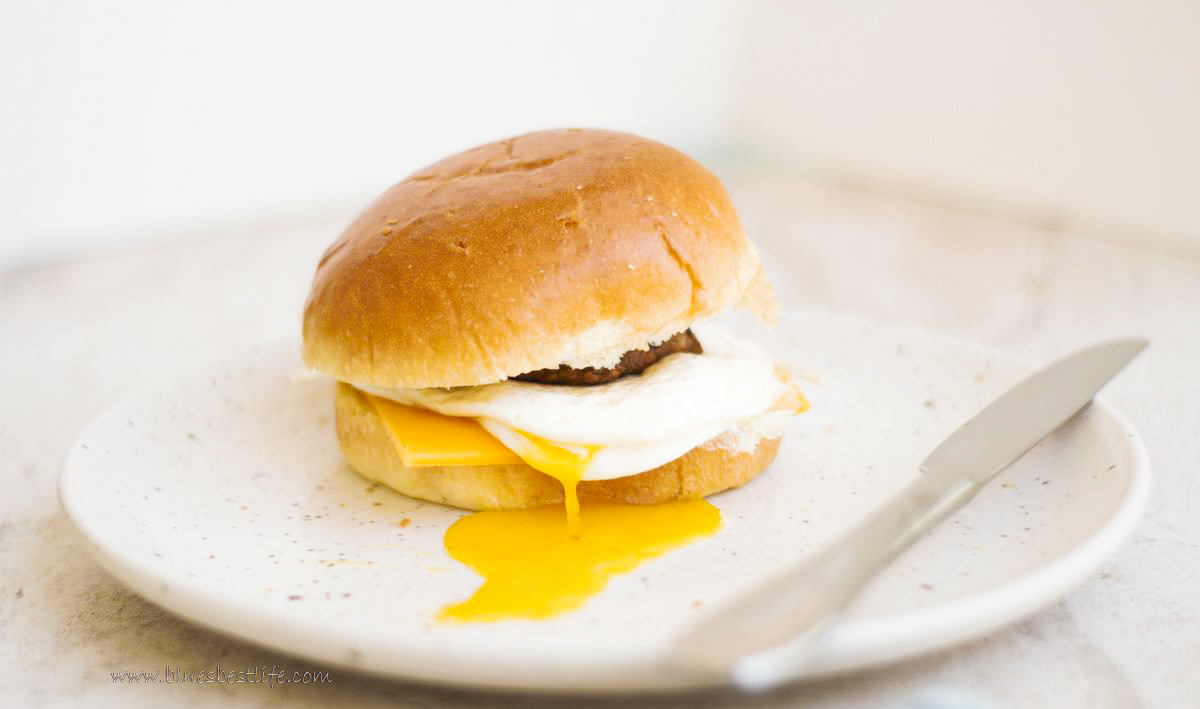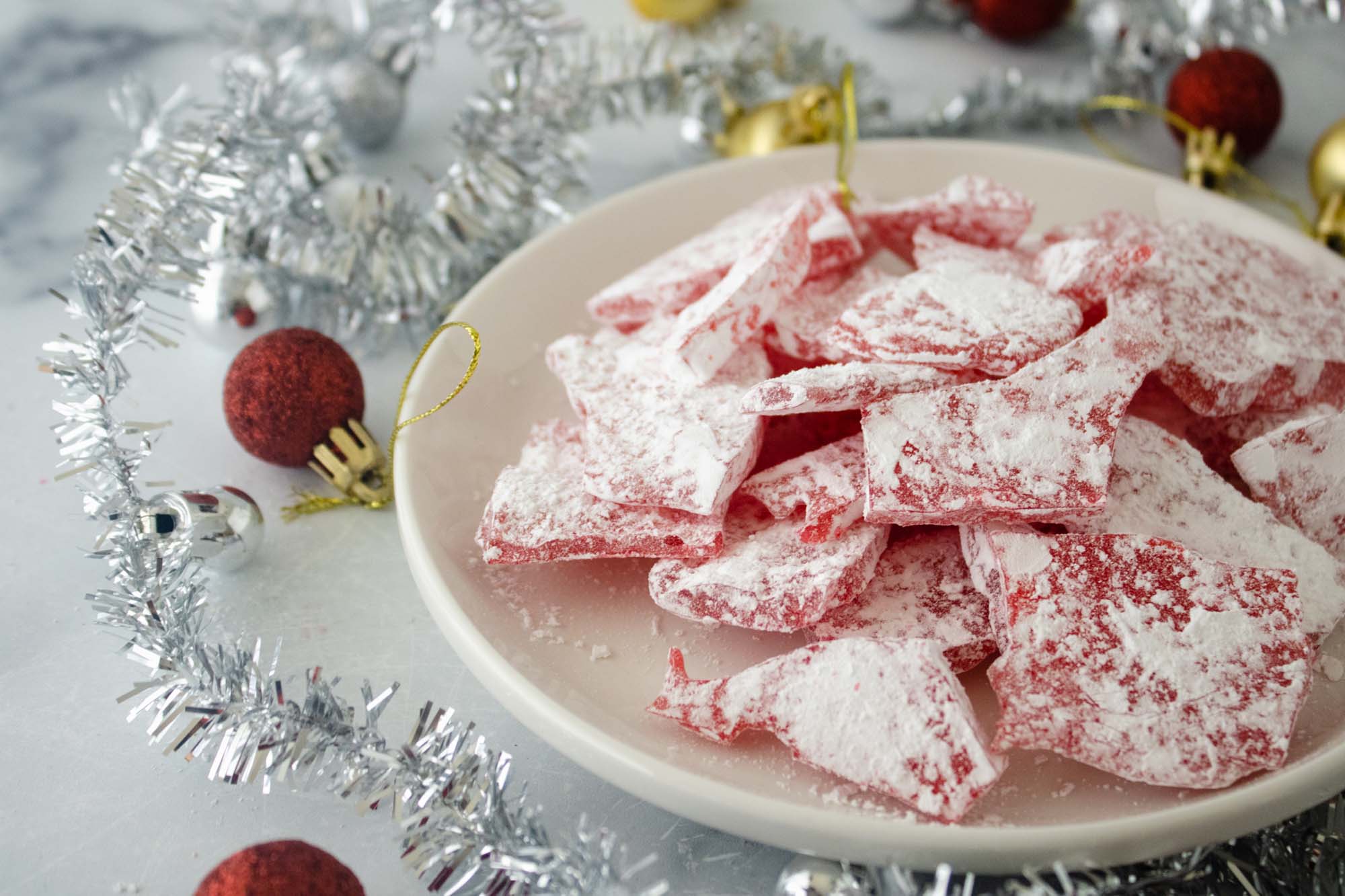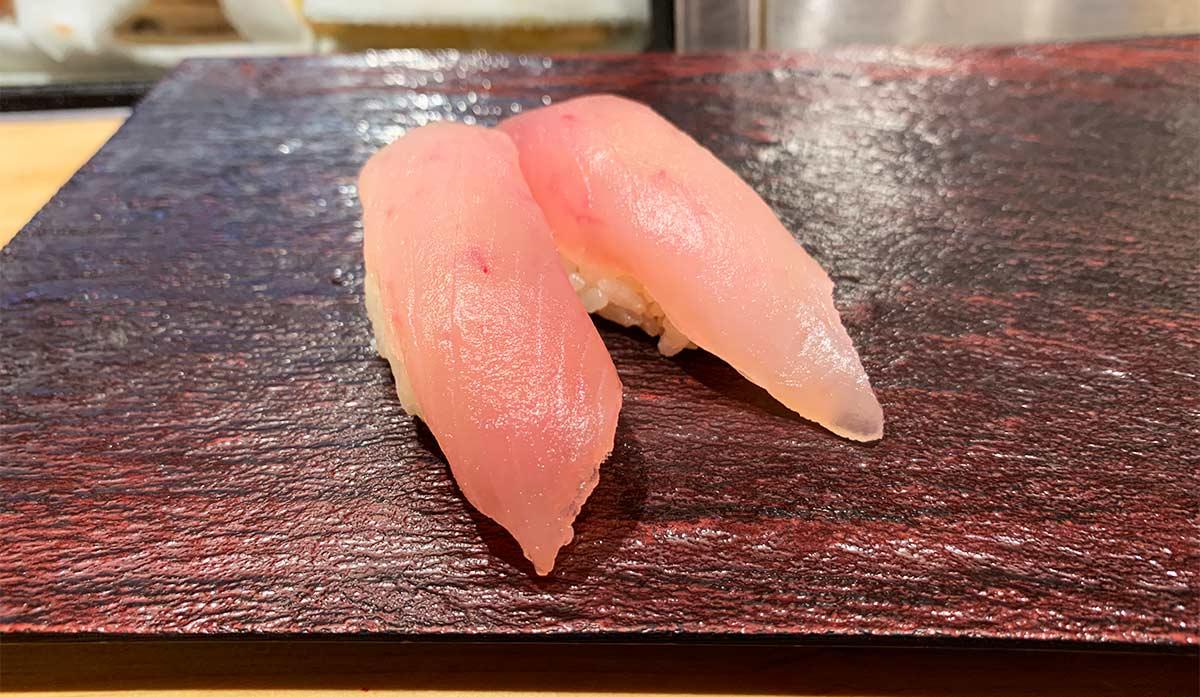Gulab Jamun: A Sweet Delight from India
If you have a sweet tooth, you may have heard of gulab jamun. This delectable dessert is a popular treat in India and other South Asian countries. But what exactly is gulab jamun, and why is it so beloved? Let's delve into the world of this sweet delight and uncover its origins, ingredients, and how it's enjoyed.
Origins of Gulab Jamun
Gulab jamun has a rich history that dates back centuries. It is believed to have originated in the Indian subcontinent, with its roots tracing back to medieval India. The term "gulab jamun" is derived from the Persian words "gulab," which means rose, and "jamun," which refers to a dark purple berry native to the Indian subcontinent. This delectable dessert has since become a staple at celebrations, festivals, and special occasions, earning a cherished place in the hearts of many.
Ingredients and Preparation
The key ingredients in gulab jamun include khoya (reduced milk), flour, sugar, and aromatic spices such as cardamom. The khoya is mixed with a small amount of flour to form a dough, which is then shaped into small balls and deep-fried until they turn a rich, golden brown. Once fried, the gulab jamun balls are soaked in a sugar syrup flavored with rose water, cardamom, or saffron, imparting a fragrant and sweet taste to the dessert.
Variations and Serving
Gulab jamun can be enjoyed in various ways, whether it's served warm or at room temperature. Some variations include stuffing the khoya dough with nuts such as pistachios or almonds for added texture and flavor. The dessert is often garnished with chopped nuts or silver leaf to enhance its visual appeal. It is commonly served during festivals like Diwali and Eid, as well as weddings and other joyous occasions.
Popular Pairings
Gulab jamun pairs wonderfully with a scoop of vanilla ice cream, creating a delightful contrast of warm and cold, sweet and creamy. Additionally, it can be enjoyed alongside a piping hot cup of chai (Indian tea) or as a decadent accompaniment to traditional Indian meals.
Conclusion
In conclusion, gulab jamun is a beloved dessert that holds a special place in the hearts of those who have had the pleasure of indulging in its sweet, aromatic flavors. Whether enjoyed during festive celebrations or as a comforting treat, gulab jamun continues to captivate dessert enthusiasts around the world with its irresistible allure. If you haven't had the chance to savor this delectable delight, be sure to seek out an opportunity to experience the joy of indulging in a serving of warm, syrup-soaked gulab jamun.
Was this page helpful?
Read Next: What Is Easter Sausage
